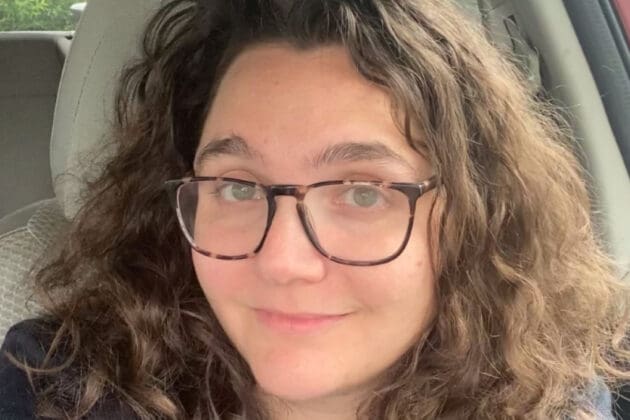
VNS Health has spearheaded a new physical therapist (PT) student program to help future PTs get experience working in the home care field.
The program launched last spring and pairs PT students new to the home care setting with a VNS Health senior PT. The pair work side by side so the students can learn the skills needed to care for patients in their homes. The program came about partly due to trying to fill PT roles. Joseph Gallagher, operation services director and Allison Simms, rehab services associate director wanted to onboard new PTs to the team, but needed a way to reach them.
“We went back to that idea of, ‘OK, we would love to have newly graduated PTs and mentor that,’ but we needed to start a PT student program to create a pipeline,” said Joseph.
“We were having difficulty recruiting with the pandemic,” said Allison. “A lot of people made personal decisions about retiring or relocating (which) made it a little difficult with the recruitment process. So just by socializing and advertising what homecare is and what we do, we thought that this program would have a significant influence.”
The program has also sparked a new sense of eagerness from senior PTs looking to take on more responsibilities and mentorship roles. “We thought that them orienting a new student would actually brush up their skill set and add more value to their role as a physical therapist,” said Allison.
What Does the Program Entail
When students enroll in the program, they shadow a senior PT during their home care visits. Under the program, students treat patients who have a variety of illnesses and injuries, each with their own complexities, while developing a relationship with the patient. Students are also exposed to working in urban home care environments which bring on a unique set of challenges such as transportation.
“One of the biggest differences—here in New York in particular—is there are areas where you can’t have a car,” said Joseph. “So, as a therapist, you are on foot, carrying all of your homecare tools with you in a backpack. You really have to organize your day around that. Trying to make sure that you have your patients planned out, you’re walking in the efficient way so you’re not doubling back on yourself, you’re taking care of yourself—especially in extreme weather. That you’re ready for everything that’s going to be thrown at you in that bustling city environment.”
New York City is also home to many diverse neighborhoods and communities. Each patient has a different family size, building, and living space. Through the program, students learn how to care for different families and cultures. “New York City definitely is a very diverse city, and we have to be culturally aware and sensitive to different customs and beliefs,” said Allison. “We definitely try to hire a diverse pool of clinicians, so we can support our patients in the community that share like customs and preferences.”
The Results So Far
The feedback from the students and the senior PTs has been positive. The pool of students was limited due to this being the first cohort, but Allison said there are plans to expand the program, offering training to more up and coming PTs. The students and senior PTs also developed a strong bond during their time together.
“They really developed a great bond, a great relationship,” said Allison. “They learned a lot from each other. The students were able to report on new studies and new clinical procedures and the outcomes. And the senior therapist was able to also teach the students signs and symptoms and what’s the best treatment approach and how to get the best outcome for their patients.”
Joseph and Allison plan to create a rehab residency program designed to hire new therapist graduates. “What that will entail is that we will hire new grads—entry-level therapists—but we are going to label them as rehab residents,” said Allison. “And what that will encompass is that we’re going to provide additional resources and education tips for them to help develop their clinical skill set. And this is the type of service they would receive if they were in the hospital setting. We want to develop a rehab resident program so we could support entry-level therapists so that they would be interested in coming in homecare when they finish school.”
Homecare magazine subscribers can read the full article here.
Interested in our physical therapist roles? Learn more by visiting our careers website.



